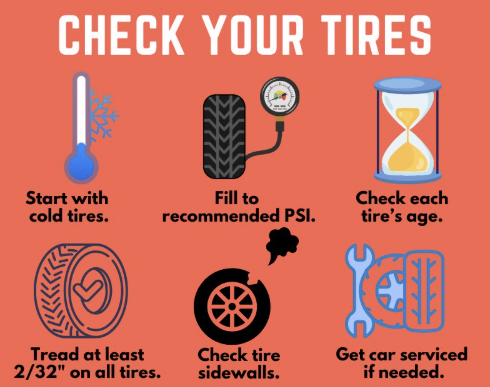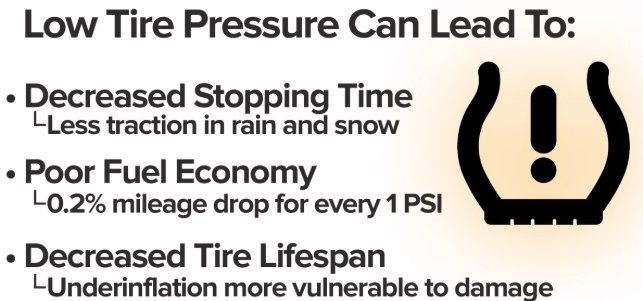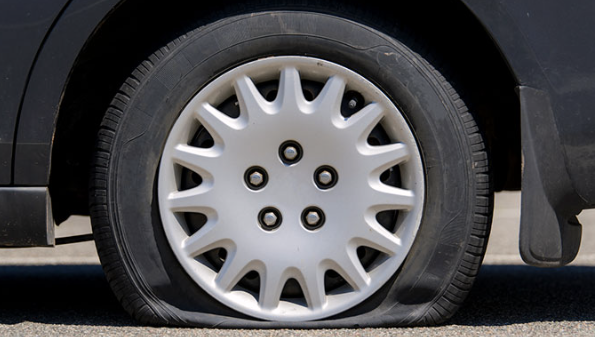Maintaining the right tire pressure is very important for safe driving, it also optimizes fuel consumption, and enhances the tire’s durability. A drop in tire pressure can indicate several issues, such as minor leaks to more serious damage. This article gives insights, specific steps, and analysis to help you handle a drop in tire pressure easily.
Table of Contents
ToggleUnderstanding the Need of Optimal Tire Pressure
Out of all parts of the vehicle, the tires are the only areas contacting directly with the road while being the most crucial factor for steering, brakes, and safety. It has been reported by National Highway Traffic Safety Administration (NHTSA) that under-inflated tires grab risks of blowouts, reduce fuel efficiency by 3 percent, and inconsiderately wear the tires. Anticipating tire’s optimal inflation will guarantee performance, longevity of the tire, and save your money in the long term.

Image Source: Google
Immediate Actions Need to Take When You Notice a Drop
1. Check The Pressure:
When you suspect a sudden drop, you need a pressure gauge. Use a good working tire pressure gauge and check the four tires. The final reading should show ideal measurements and be compared with the manufacturer’s recommended PSI placements located on the owner’s manual or driver’s side door jamb.
2. Check for Possible Signs of Damage:
Check if there are any punctures, embedded nails or any cracks. These indicators can help in identifying a gradual leak. If you see any sign, then you should avoid driving for long distances without getting it repaired first.
3. Reinflate The Tires:
If the tire pressure is lower than the recommended level, then air should be added until the tire reaches the correct PSI. Most service stations have air pumps. As a note, you should remember that heat and cold can impact the pressure in the tires, so make sure to check the tires regularly.
4. Monitor For Changes:
Make sure to check the pressure after a few hours or the next day. If the pressure falls again, then you have a bigger problem that needs to be looked at by a reliable auto repair professional.
Case Studies and Data-Driven Insights
The analysis conducted by the Tire Industry Association (TIA) recently suggests that under inflated tires tend to reduce the vehicle’s fuel economy by as much as 1.5%. One study had a commuter that sustained a 5 PSI loss over the weekend .The source of the loss was later attributed to a slow leak from a perforated valve stem. The tire was fixed to the optimum PSI and within the next month, the commuter experienced a 2% increase in fuel efficiency after simple valve replacement.

Image Source: Google
According to a regional automotive service center in Colorado, vehicles that had routine tire pressure checks had 30% less instances of tire-related accidents. These figures put into perspective the crucial need for prompt intervention in case of tire pressure failure. stressing that performance metrics as well as safety has been enhanced greatly.
Final Words
Acting quickly once you have diagnosed dropping tire pressure is very important as well all know that safety, efficiency, and cost saving is everyone’s priority. This is only possible if we monitor tire pressures regularly and address issues promptly to prevent further complications. Various studies show that being proactive in tire care results in good performance and less risk. So one must prioritize tire maintenance to enjoy safer and more efficient driving every day.









